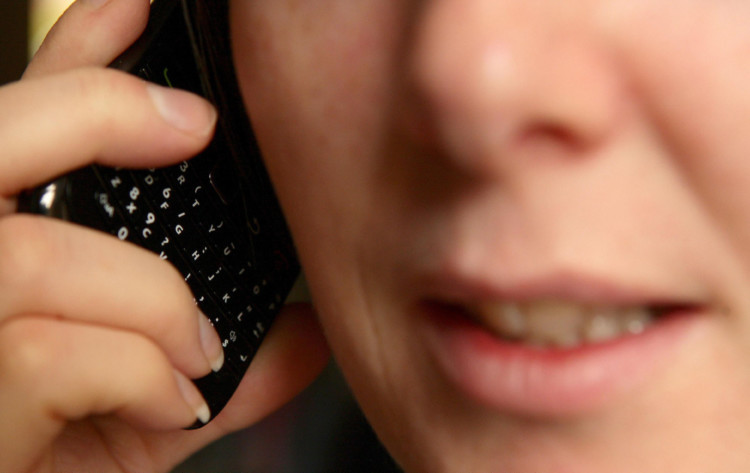Freephone numbers are to become free from mobiles under a major overhaul to make telephone call charges and dialling codes clearer, regulator Ofcom has confirmed.
The telecoms watchdog said from June 2015 “freephone will mean free” for 0800, 0808 and 116 numbers, which are currently free only from landlines and cost mobile phone users between 20p and 40p a minute.
It also announced measures to tackle “consumer confusion” over how much it costs to call companies and organisations such as government agencies and charities on non-geographic numbers – those beginning with 08, 09 and 118.
Unless using a BT line, callers are not informed about how much these numbers cost.
But Ofcom’s new rules will mean they have to be broken down into access charges, to be made clear by phone companies, and service charges that must be specified by the organisation being contacted.
This will mark an end to warnings on adverts that “calls may vary from other landlines and calls from mobiles may cost considerably more”.
Ofcom said the new rules will also see premium rate call charges – to 09 numbers – capped to protect consumers from rogue operators imposing extremely high charges.
Ed Richards, chief executive of Ofcom, said: “These changes will be the biggest for UK telephone customers in more than a decade.
“We expect them to restore people’s confidence in using phone services, and to increase competition.”
